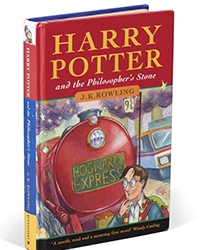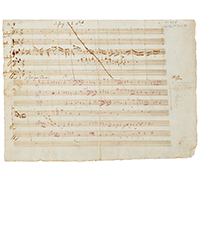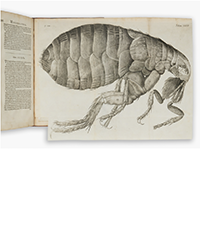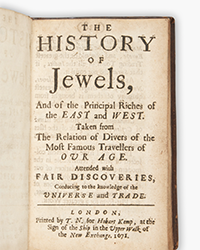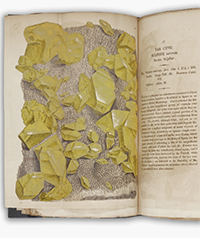A series of three articles on the status of the books, manuscripts, maps and ephemera field.
This, the first article, is about the exceptional job SFPL and their (associated) Friends (organization) are doing to recycle old and used books. The second updates the dealer model and the third touches on the increasing importance of auctions.
Books are born in many places but tend to die in just a few. People respect and instinctively want them. In the past, if disposing, they sold and if that was difficult, gifted them. Today they who part with their printed material have fewer options. The shops that used to handle such things are mostly gone, their inventories now online fighting for the attention of book buyers who see dozens and sometimes hundreds of copies of the same book offered for next to nothing. Exacerbating this predicament the number of persons preparing to dispose is increasing. Retirement, down sizing and departures from the mortal coil all add to these increasing numbers. When the books are rare and collectible there are specialist dealers and auction houses interested to buy. But when the material is more pedestrian [and most is] the decline, amounting to the disappearance, of the local used bookshop leaves only hard options; throwing them away, putting them into storage or giving them to libraries. Most people rebel at the thought of throwing their books away. Some store them and others send them on to libraries.
In these changing circumstances libraries find themselves the natural beneficiary for those who refuse to throw away what they have used and often loved. These people are making and will make serious efforts to see their books put to good use. For many, gifting their books to the local library has become their best outcome.
Libraries and their associated friends associations aren’t going to buy the material but they will make a good-faith effort to efficiently redistribute it, adding rare material to the local library collection and parsing and categorizing general donations to be offered at their thrift shops and book fairs. Some libraries do this better than others but many try hard to do this effectively. A few will post the higher value material on listing sites and on eBay and when all else fails, sell to re-marketers who list widely and share proceeds with participating libraries.
Libraries, it turns out, can turn paper into gold.
A few years back a chance contact with Vince Koloski of the San Francisco Friends of the Library led them to become AE research members. Recently a question about their log-in ID led to a conversation and I heard for the first time about their robust donation-redistribution program that is providing an efficient way for San Franciscans to donate unwanted printed material. It’s an important program and its story a useful illustration for other communities and cities, all of which face the same issues and opportunities with unwanted old and used books.
Their story begins with the certain belief that books are always of some value if not outright valuable. This is an attitude born from the first hand experience of generations who used bookshops and saw that books have second lives. And no doubt, had the Internet not come to dominate the used book business used bookshops would still be buying and selling such material today.
In fact, until 1985, the second lives of common printed material were usually midwifed by used bookshops that, in city and telephone directories appeared under the heading ‘used’ booksellers as differentiated from ‘booksellers.’ The lists in the then ubiquitous telephone yellow pages made it possible for anyone to make a few calls to find out who was buying. Today the used book trade has moved away, gone away so to speak. It has gone online and is not free and neither is the path from boxes of books in the basement to online listings in the right places obvious. The path is complex, the outcome uncertain and the costs rising. It has become a process where expertise is crucial and each a book must bring close to $25 to justify posting. Most used books simply don’t.
Into this predicament libraries, which have been receiving gifts of books forever now find themselves increasingly as the court of last resort for the books no one wants to casually discard.
In San Francisco the Friends of the San Francisco Public Library have developed sensitive and efficient ways to handle such material and have been rewarded with an outpouring of donations. Their solution is worth a careful examination.
If the Internet has wrought havoc to information distribution it has also created new opportunities. For the SFPL Friends it has brought both. Libraries, as we have known them, are becoming quaint as much of what we went to libraries for has gone on line and no longer requires a personal visit and often not even a library card. Library access, it is fair to say, has gone global while traditional library traffic has declined. Today many non-traditional patrons now come to the library simply to sit in a warm quiet environment, this the upshot of reduced public assistance programs that have left the poor and indigent with fewer alternatives on cold wet days. SFPL manages to balance the needs of these communities with iron bound regulations for quiet and decorum. It’s a disciplined balance that no doubt is a constant work in progress that costs real money. Efficiently redistributing gifted material, some 650,000 used books a year, the Friends have found a way, on behalf of the library, to do well by doing good. They are raising serious money.
Books that thousands of households in the Bay Area disgorge each year make their way to 438 Treat Street, (in the Mission) south of Market, in San Francisco where every week more than 13,000 books arrive to be sorted. A team of four paid staff oversees volunteers who lay out, spine up, six pallets of material. Each pallet contains about 2,000 to 3,000 books.
Day 1 and Day 2: What starts as a jumble is quickly converted into 56 categories of material that is then moved onto shelves.
Day 2 to Day 4: Material that is potentially valuable is checked by its ISBN number against online listings and items worth at least $25 are moved into the proverbial orchestra seats on the mezzanine.
By day 7 material for the library’s two stores, one in the Main Library and the other at Fort Mason are selected from the categorized shelves. The Main Library shop does well with large cocktail table books, Fort Mason more with literature. These two stores raise $600,000 a year and need new stock every week.
After the stores have had their selections and what looks sellable on line have been sent from the sorting area to the second floor, the bulk of the material that has already been categorized goes into boxes and then back onto pallets where every week five double-stacked pallets are moved to book fair storage. The twice-a-year book fairs will each need 130 double stacked pallets to satisfy the crowds that will graze the selections during these Tuesday evening to Sunday extravaganzas. Opening night is for Friends of the Library members and they, some 600 to a 1,000 strong, will like birds scour the 300,000 books offered for material of interest. These events will continue through Sunday and raise between them another $350,000 a year.
The more valuable material that each week makes it to the second floor looks very much like traditional used book and rare book stock. Such material is written up, just as dealers do. More than 6,000 items are currently posted to Amazon. Another 500 items are posted to Abe. A software program, sellerengine, automatically re-prices material at 5% less than other copies. Weekly online sales amount to about $5,300. As well, occasionally important books are received and bring serious money. Three volumes of the octavo edition of Audubon’s Birds a few years back brought $10,000 each. Online sales total $275,000 a year.
At every stage, the SFPL takes appropriate books for it’s collections and librarians regularly visit the stores to pull books for the circulating collections. During the semi-annual book fairs, special collections librarians select books from the collectibles booth. And, throughout the year, librarians request books from the online listings.
Now the week is over and another is starting. New crates are arriving and the sorting process begins again. Over the course of the weeks and months some material will be listed on eBay and other important auction-able material occasionally sent to Pacific Book Auctions. Items that are judged appealing but fail to sell online may be offered at two or three California book fairs where dealers are often the big buyers. Every venue has its strengths and the Friends have developed a keen sense of where the strengths are.
And then there is one more step.
What does not sell at the book fairs will be sent to Thrift Books in Reno to be posted online. The magnitude of unsold items alone requires a contractor handle this and it may be years before there is a final accounting. On average the Friends will receive about thirty-five cents of each dollar of sales over the next two to three years.
Overall the Friends are raising about $1,350,000 annually. It works for three reasons; [1] the material is donated, [2] much of the labor is free and [3], the strategies are ingenious and efficiencies exceptional.
So let me leave you with several thoughts.
Unwanted books are never unwanted. Libraries can use them to raise money, on average about $2.25 for each book donated.
If you thought librarians lived in ivory towers, some may, but others have remarkable real world skillsets as do some of the friends’ bookseller staff.
So the next time you drive by your local library think about what you can contribute, be it money, time or material. Traditional used book dealers have mostly disappeared but in their place a new generation of used book seller rises and many in the new generation are in an unexpected place: your local library.
Hats off to them. They are a part of the new reality of bookselling.
The San Francisco Public Library and representatives of the Friends are willing to discuss their experiences with other libraries that can reach them at:
Vince Koloski
Online and Specialty Sales Manager
Friends of the San Francisco Public Library
438 Treat Ave.
San Francisco, CA 94110
415-522-8601
Two further articles update the dealer model and the increasing importance of the auctions. Click here to continue.


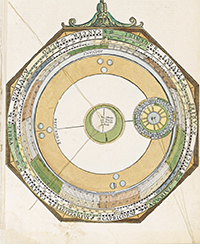

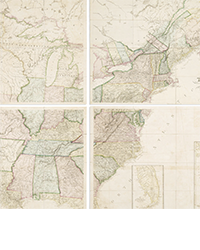
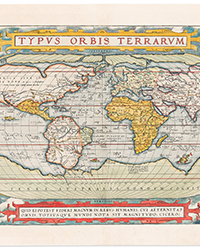
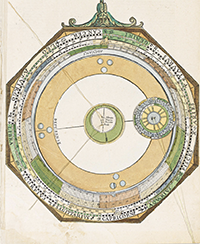
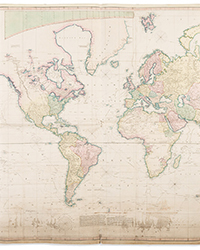
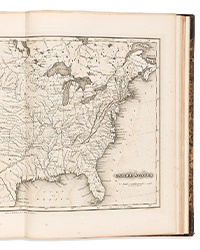
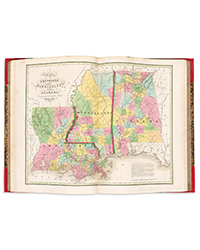
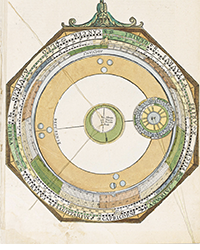
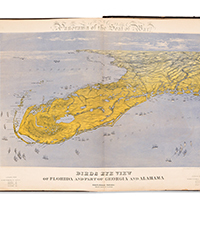
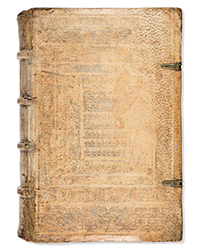
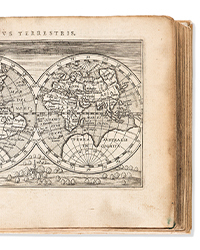
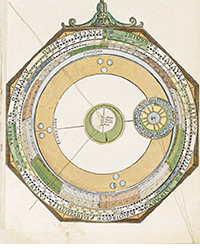
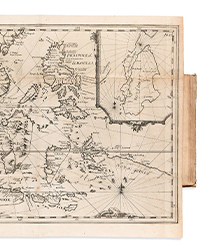
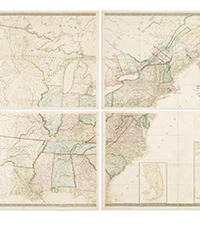
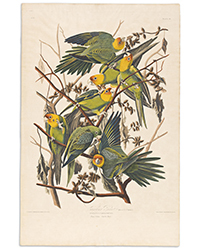
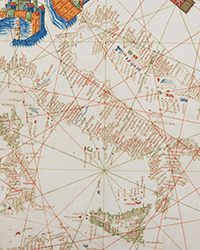
![<b>Sotheby’s, Dec. 11:</b> Darwin and Wallace. On the Tendency of Species to form Varieties..., [in:] <i>Journal of the Proceedings of the Linnean Society,</i> Vol. III, No. 9., 1858, Darwin announces the theory of natural selection. £100,000 to £150,000. <b>Sotheby’s, Dec. 11:</b> Darwin and Wallace. On the Tendency of Species to form Varieties..., [in:] <i>Journal of the Proceedings of the Linnean Society,</i> Vol. III, No. 9., 1858, Darwin announces the theory of natural selection. £100,000 to £150,000.](https://ae-files.s3.amazonaws.com/AdvertisementPhotos/00d5fd41-2542-4a80-b119-4886d4b9925f.png)
